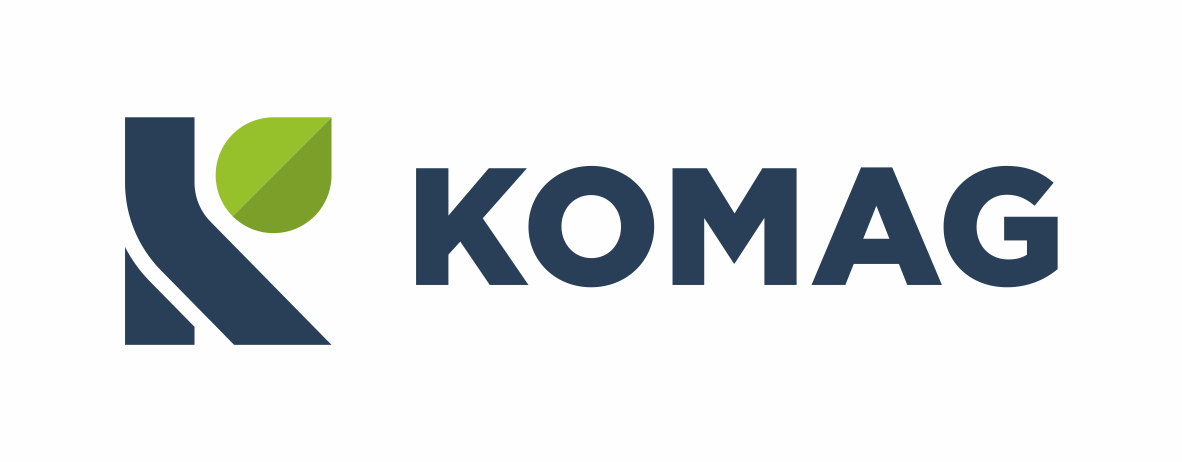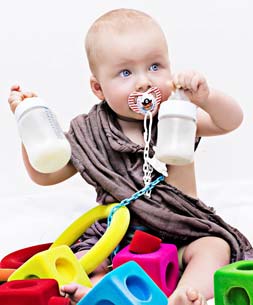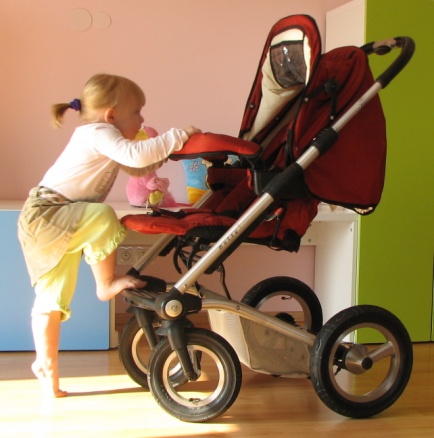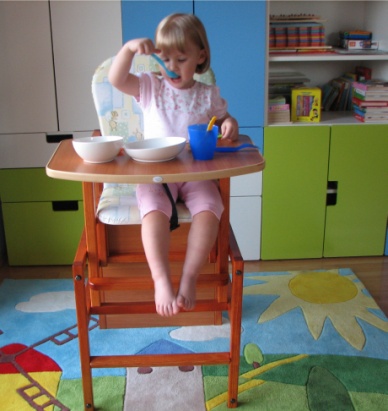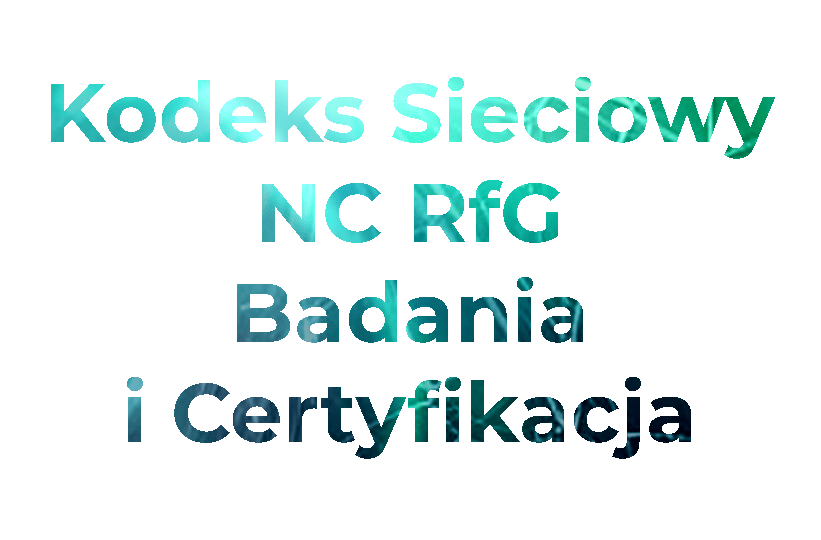In the interest of health and proper development of children…
Children’s articles which are about to be placed in the European market should be tested for conformity with safety requirements described in standards harmonized with the General Product Safety Directive No. 2001/95/EC.
Accredited KOMAG Laboratory of Material Engineering and Environment, responding to current needs of manufacturers, importers and distributors, offers tests of:
|
|
Children’s articles are tested according to the requirements of the following standards: PN-EN 1400 Soothers for babies and young children PN-EN 12586 Soother holder PN-EN 14350 Drinking equipment PN-EN 14372 Cutlery and feeding utensils PN-EN 13209 Baby carriers PN-EN 1273 Baby walking frames PN-EN 1888 Wheeled child conveyances PN-EN 1466 Carry cots and stands PN-EN 12790 Reclined cradles PN-EN 14988 Children high chairs PN-EN 12221 Changing units for domestic use PN-EN 12227 Playpens for domestic use PN-EN 14682 Children’s clothing – cords and drawstrings PN-EN 14036 Baby bouncers PN-EN 14344 Child seats for cycles PN-EN 16232 Infant swings PN-EN 1930 Safety barriers PN-EN 716 Children’s cots and folding cots for domestic use PN-EN 1130 Crips and cradles for domestic use PN-EN 747 Bunk beds and high beds PN-EN 13210 Children’s safety harnesses reins and similar type articles |
Competence of laboratory specialists in the scope of testing children’s articles is confirmed by positive results of interlaboratory comparisons, performed regularly since 2011 in cooperation with accredited foreign laboratories.


